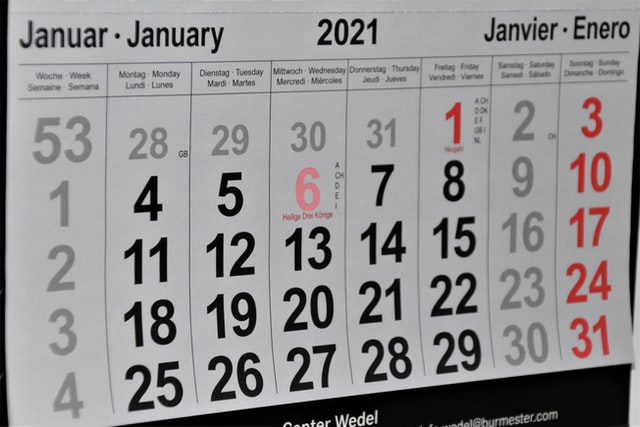1 news cycle, 3 ways to get press

Last week’s jobs report showed that the U.S. economy is growing well. Over 500,000 jobs were added in many industries, the unemployment rate fell, and the last two job reports were estimated to have underreported job growth by 235,000.
President Joe Biden determined this was great news. He touted the administration’s stimulus package and vaccine policies after the report was released. “America is getting back to work. Our economy is starting to work for more Americans,” he said.
But conservative blogger Ed Morrissey saw things a bit differently, declaring the report “good” but not stellar in light of pandemic-era job losses. He also questioned whether the report itself was flawed.
Having two six-figure revisions in one direction in the same report is, um … notable. What “seasonal factors” induced this level of inaccuracy? The percentage of miss in August was 24%, and in September 38%. Those fall very far outside the range of normal statistical noise.
Outside of politics, other narratives which made press. Two were from ZipRecruiter and Glassdoor in an article by the Society for Human Resource Management. These spokespeople acted as “straight” experts about the report’s implications for workers and employers.
All of these voices were in press that’s valuable to their brands and narratives. They all used the simple facts in the report; yet each of them offered something unique for their target audiences. This is how one predictable, monthly news cycle created many ways to get press. And it’s how you can take advantage of your industry’s calendar-driven news cycle to get media coverage which drive leads, sales, influence, and more.
The calendar is your media coverage friend
Each May and August, millions of students leave and return to schools. It’s as predictable as the seasons, except for a once-in-a-century pandemic. And for those in the education world, these are great times to put your narrative in the press because that’s when local, state, industry, and other media segments are paying most attention.
The same is true for accountants, except that February to April are the hot months, with some warmer months in June and October. Thanksgiving is a terrible time to try and get media coverage as an accountant – people would rather focus on turkey and family time. But leading up to individual income tax season, and the various business tax seasons, accountants are a hot commodity.
Knowing your industry’s calendar allows you to prepare for press. Don’t contact a reporter the day students leave college campuses, or on April 15, or the day the jobs report is released. You have to have your media content ready to go in advance. The closer you are to the event date, the less likely you are to stand out among the late arrivals and people who share your narrative but are better known.
Once you know how to use the calendar to your narrative advantage, it’s time to look at what media methods best fit your narrative.
Op-eds, press releases, and interviews
The three most common ways to get press are first-person opinion pieces (op-eds), press releases, and interviews. Each has strengths and weaknesses.
- Op-eds allow you to control the narrative. However, op-eds are very difficult to place in influential, trusted outlets.
- Press releases are a shotgun approach to media coverage. The advantage is that you can send the same statement to many outlets. The disadvantage is that you may not control how your statement is used, and your statement may not be unique enough for any of the outlets on your list.
- Interviews are an excellent way to get yourself a lot of airtime with trusted gatekeepers, and to dive deep into your narrative. Doing this right requires a lot of preparation – you don’t want to say the wrong thing or get caught off-guard if you’re live. That’ll ruin all the brand trust you’ll earn by being on-air with a trusted gatekeeper.
We recommend an all-of-the-above strategy when it comes to using your calendar to secure valuable media coverage.
- Write and publish anticipatory op-eds in advance of calendar events to build initial momentum.
- Write post-event op-eds in advance, and be ready to modify them if the event changes. For example, an op-ed about the jobs report will need final edits once the numbers come out. Further changes may be required if the report was worse or better than anticipated.
- Send periodic press releases leading up to, during, and after an event. Keep your narrative focused and relevant so gatekeepers look forward to your message, instead of deciding to hit “unsubscribe.”
- Selectively contact gatekeepers for interviews at least one month in advance of significant events. However, first get initial coverage through a press release or an op-ed to prove your relevance.
Across industries, calendars drive valuable media coverage
Every industry has a calendar. Using your calendar to drive great media coverage is the first step to quickly build positioning, trust, and better marketing outcomes.

